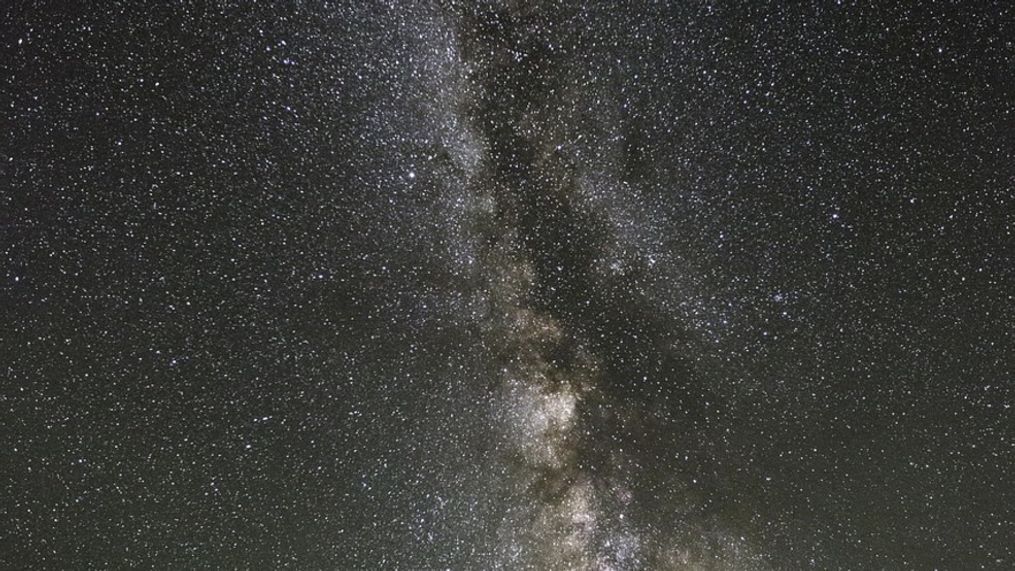Look to the sky: Two meteor showers expected to peak this week
WASHINGTON (KUTV) -- There are two meteor showers expected to peak over the next two days, and for one of them, you won't have to stay up late to see it.
According to the American Meteor Society, the Draconids will peak Tuesday night into Wednesday morning and the South Taurid meteor shower will peak Wednesday night into Thursday morning.
The Draconids shower will peak in the early evening to nightfall, meaning you can catch this one easily before midnight.
There's a full moon on Oct. 13, and in the days up to then, the moon may obscure some of the light from the meteor showers.
Debris from the comet 21P/Giacobini-Zinner is responsible for the Draconid meteor shower, which gets its name because the meteors appear to be coming from the direction of the constellation Draco the Dragon.
According toEarth Sky, which monitors meteor showers:
Draco the Dragon is now spitting out meteors, also known as shooting stars. This is one shower that’s best to watch at nightfall or early evening, not after midnight. No matter where you are on Earth, watch as close to nightfall as possible. The shower is active between October 6 and 10. The best evening to watch is likely October 8; try the evenings of October 7 and 9 also. This shower favors the Northern Hemisphere, but Southern Hemisphere observers might catch some Draconids, too. Unfortunately, the large bright evening moon will hinder this year’s Draconid shower. It’ll likely drown all but the brightest meteors in its glare.
Even at northerly latitudes, the Draconids are typically a very modest shower, offering only a handful of slow-moving meteors per hour. But exceptional displays have taken place over the years. The Draconid meteor shower produced awesome meteor displays in 1933 and 1946, with thousands of meteors per hour seen in those years. European observers saw over 600 meteors per hour in 2011.
The South Taurid meteor shower will last through November, averaging about five meteors per hour. The full moon will also affect seeing this shower, but a new moon later in the month should provide more views.
The South Taurid meteor shower is caused by debris from Comet 2P/Encke.




